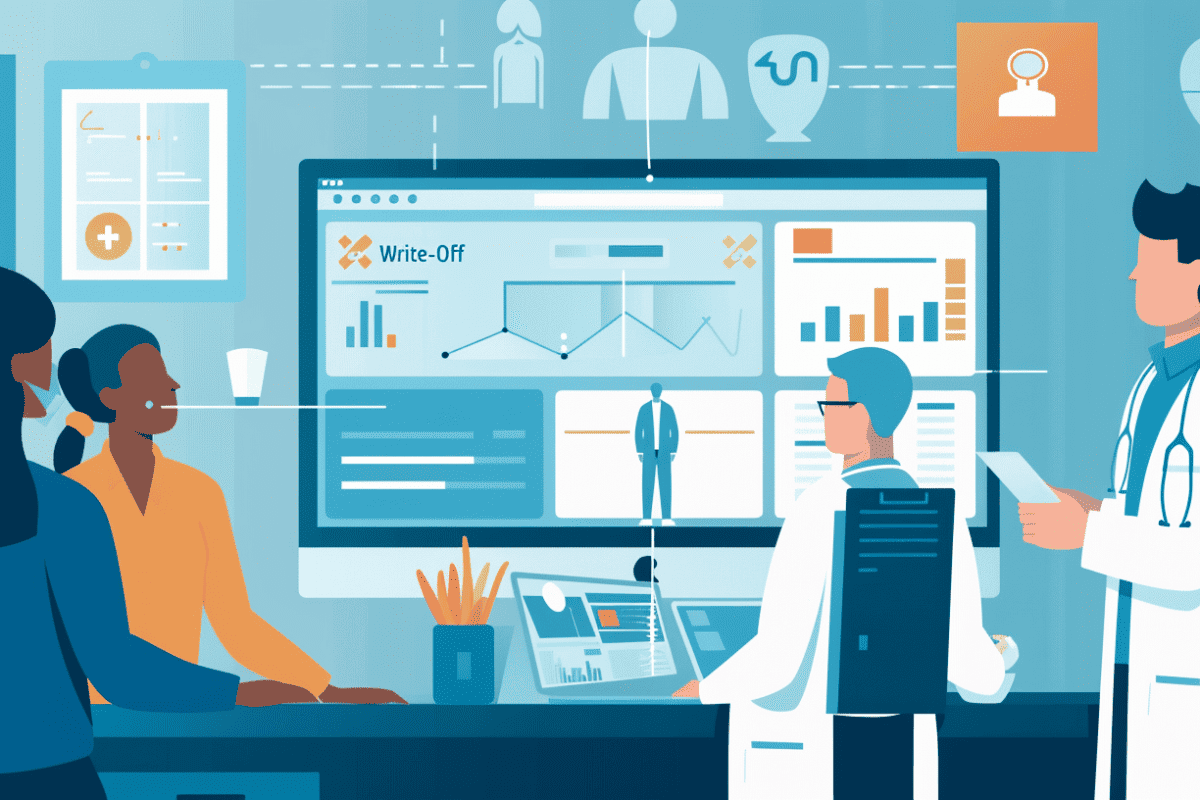Digital transformation in healthcare refers to the incorporation of technology in the delivery of healthcare services and encompasses a wide range of tools and techniques that are designed to improve patient care, streamline healthcare operations, and increase overall efficiency. One of the key benefits of digital transformation in healthcare is improved patient care through access to patient information, increased accessibility, and improved patient safety.
Access to Patient Information
Access to patient information is crucial in healthcare, because it allows healthcare providers to coordinate care more effectively, make better treatment decisions, increase efficiency, and improve patient engagement. It enables providers to share information about a patient’s medical history, medications, lab results and more. These factors can help providers to coordinate care more effectively and reduce the risk of medical errors. For example, if a patient sees multiple specialists, each provider can access the patient’s complete medical history and collaborate to develop a treatment plan.
Additionally, access to patient information can help healthcare providers make more informed treatment decisions. For example, if a provider has access to a patient’s complete medical history, they can avoid prescribing medications that may interact with other medications the patient is taking. It also helps providers to identify patterns and trends in a patient’s health, which can help them to identify early warning signs of complications and intervene before they become severe. Moreover, it allows patients to have a better understanding of their health status and history, which can help them in taking more active role in their healthcare and improving the overall patient engagement.
The digitization of many traditional healthcare tools has also made it more convenient for patients to access the care they require:
Electronic Health Records (EHRs)
Electronic Health Records are one of the most significant digital tools that are used to store and share patient information. EHRs allow healthcare providers to access a patient’s complete medical history, including demographics, medical history, medications, lab results, and more. This information can be accessed from any location, which makes it easier for healthcare providers to coordinate care and make informed treatment decisions.
With EHRs, healthcare providers can more easily share patient information with other providers, which can improve coordination of care. For example, if a patient sees multiple specialists, each provider can access the patient’s complete medical history and collaborate to develop a treatment plan. This can also reduce the risk of medical errors, as providers can see a patient’s complete medical history and avoid prescribing medications that may interact with other medications the patient is taking.
Artificial Intelligence (AI) and Machine Learning
AI and machine learning are used to analyze large amounts of data, identify patterns, and make predictions. In healthcare, AI and machine learning can be used to improve diagnostic accuracy, identify patients at risk for certain conditions, and develop more personalized treatment plans.
Increasing Accessibility
Telemedicine
Telemedicine is another digital tool that can improve patient care by increasing access to healthcare services. With telemedicine, patients can consult with healthcare providers remotely, which can be particularly beneficial for patients living in rural or underserved areas. Telemedicine can also be used to provide follow-up care for patients who have difficulty traveling due to mobility issues.
Telemedicine can also be used to provide remote monitoring of patients with chronic conditions, such as diabetes or heart failure. Patients can use digital tools, such as wearable devices, to collect and share data with their healthcare providers, which can help providers identify early signs of complications and intervene before they become severe.
In addition, telemedicine allows patients to have virtual visits with their healthcare providers, which can save time and money, avoid unnecessary travel and waiting times, and reduce the risk of exposure to illnesses.
Big Data Analytics
Big data analytics is a powerful tool that can be used to gain insights from large amounts of data from various sources. In healthcare, this process is used to identify patterns and trends in disease, improve diagnostic accuracy, and develop more effective treatment plans. The importance of data science in medicine is growing day by day which also indicates more digitalization in the future. By analyzing large amounts of data from patients and healthcare systems, healthcare providers can gain a deeper understanding of population health and identify key risk factors for certain conditions.
This information can then be used to target interventions to high-risk patients and improve overall population health. For example, by analyzing data on patient demographics, healthcare providers can identify areas with high rates of certain diseases and target interventions to those areas. Additionally, by analyzing data on patient outcomes, healthcare providers can identify which treatment plans are most effective and use that information to improve the care they provide to all patients. Overall, big data analytics can play a critical role in improving population health and patient outcomes.
Improving Patient Safety
Credentialing Technology
One important aspect of digital transformation in healthcare is the use of new credentialing technology. Credentialing is the process of verifying the qualifications of healthcare providers, and it is a crucial step in ensuring patient safety. New technologies such as blockchain and AI are improving the credentialing process by making it more efficient and secure. Blockchain, for example, allows for secure sharing of provider credentials across different healthcare organizations, while AI can automate the verification process and reduce the risk of errors.
Digital transformation in healthcare is an ongoing process that is continually evolving, and new technologies and tools are being developed all the time. As technology advances, healthcare providers will have access to new tools and techniques that can help them to provide better care, streamline operations, and increase efficiency.
This is a sponsored post
Digital Health Buzz!
Digital Health Buzz! aims to be the destination of choice when it comes to what’s happening in the digital health world. We are not about news and views, but informative articles and thoughts to apply in your business.



2 comments
Bhumika Indimedo
March 13, 2023 at 2:28 pm
I appreciate the research and effort you put into writing this article. Keep up the good work!
Muscle gears
May 25, 2023 at 9:58 am
I am writing to express my satisfaction with Muscle Gears protein. I have been using it for a few months now and I have been really impressed with the results. I have gained muscle mass and strength, and I have also noticed a decrease in body fat. I would definitely recommend Muscle Gears protein to anyone who is looking to improve their fitness.